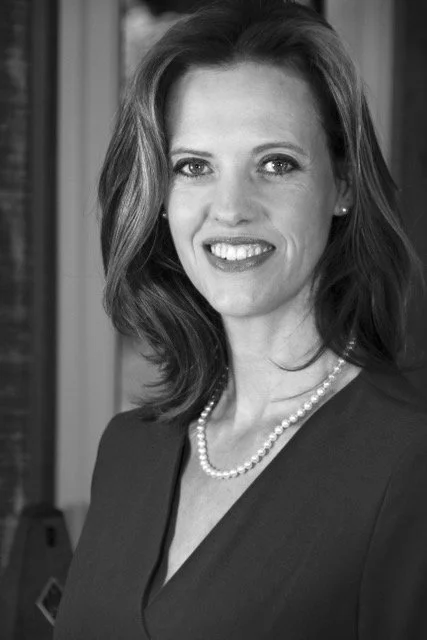10 Myths of Back Pain (and the facts)
If you suffer with long term, chronic pain you know how exhausting it is and how helpless you can feel.
As you can imagine, at the SOP we see many cases of chronic back pain, and very few cases are straight forward to treat. Deeply interwoven within the pain experience are the emotional, environmental, social and physical factors that bring you to our door.
There is so much fear, loss of confidence and hopelessness associated with chronic pain, but when we look at the greater picture of all the issues involved, we can begin to unpick the contributing factors and address some of the unhelpful language, assumptions and outdated protocols.
Professor Peter O’Sullivan (Physio and educator) has identified 10 myths of back pain, and I would like to take each one in turn and give a constructive alternative:
1. Low back pain (LBP) is usually a serious medical condition.
Back pain can be distressing and disabling, but it is rarely life-threatening
2. Low back pain will become persistent and deteriorate in later life.
Getting older is not a cause of back pain, most episodes of LBP improve, and treatment can help at any age.
3. Persistent low back pain is always related to tissue damage.
A negative mindset, fear avoidance behaviour, negative recovery expectations, and poor pain coping behaviours are more strongly associated with persistent pain than tissue damage.
4. Scans are always needed to detect the cause of low back pain.
Scans are not helpful for the majority. Lots of scary sounding conditions can be reported, such as disc prolapse, degeneration, arthritis etc. However, this can be misleading as these findings are very common in pain-free individuals! Scans also change and most disc bulges shrink over time.
5. Pain related to exercise and movement is always a warning that harm is being done to the spine and a signal to stop or modify activity.
The pain you feel during activities reflects how sensitive the structures are, not how damaged you are. Movement is one of the most helpful things you can do to treat back pain.
6. LBP is caused by poor posture when sitting, standing and lifting.
How we sit, stand and bend does not cause back pain, even if certain positions are painful. A variety of postures are healthy for the back, there is no such thing as a perfect posture.
7. LBP is caused by weak “core” muscles and having a strong core protects against future low back pain.
A ‘weak’ core doesn’t cause back pain, in fact a tense, braced core can cause more harm. It is important to have strong muscles around the torso, and be able to engage them when needed, but equally be able to relax them is important too.
8. Repeated spinal loading results in “wear and tear” and tissue damage.
Backs do not ‘wear out’ with repeated lifting and bending. In fact, done well and progressively, bending, lifting and activity will make your back stronger and healthier.
9. Pain flare-ups are a sign of tissue damage and require rest.
Flare-ups are usually a sign of unaccustomed activity, poor sleep, stress, low mood or tension. Instead of treating it like an injury, try to use relaxation, breathwork, movement and positive calming thought processes.
10. Treatments such as strong medications, injections and surgery are effective, and necessary, to treat low back pain.
These forms of interventions are rarely helpful for persistent pain and may even affect the healing process. Try to educate yourself, seek conservative forms of treatment and keep mobile to help you feel in control of the recovery process.
Strong evidence now confirms that the best way to help is to explore your concerns, fears and beliefs about pain which helps provide an opportunity for a constructive and collaborative discussion.
This may help reduce distress and build self-efficacy for you to better self-manage, and enable you to make better-informed decisions about your care.
We love to work with you, finding the best ways to help you recover, reduce the sensitivity of the tissues, explore a gradual return to activity and help you trust your body again.
There is a helpful video on my You Tube channel with a gentle mobility flow routine specially for back pain, It’s a great place to start.
Emma Wightman
www.the-sop.com































